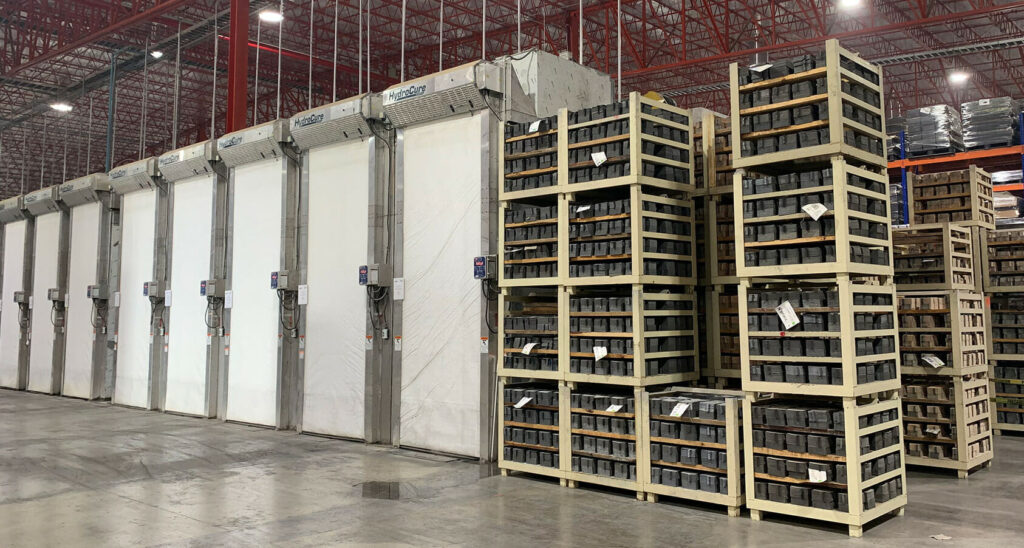Cooling plays a crucial role in the performance, safety, and longevity of lead-acid batteries.
1. Prevents Overheating
- Heat Generation During Charging: Lead-acid batteries generate heat during the charging process, especially during the later stages when the charging current is high. Overheating can lead to water loss through evaporation and excessive gassing, which can damage the battery.
- Impact of Overheating: Excessive heat can cause the battery plates to warp, leading to reduced capacity and efficiency. Overheating can also degrade the separators and other internal components, resulting in a shorter battery lifespan.
2. Maintains Optimal Performance
- Temperature and Chemical Reactions: The chemical reactions inside a lead-acid battery are temperature-dependent. Higher temperatures can speed up these reactions, leading to a temporary increase in performance but at the cost of accelerated wear and tear.
- Consistent Performance: By keeping the battery cool, you can ensure that the chemical reactions occur at a steady, controlled rate, maintaining consistent performance and extending the battery’s useful life.
3. Enhances Safety
- Risk of Thermal Runaway: Thermal runaway is a dangerous condition where an increase in temperature causes a further increase in heat generation, potentially leading to a destructive cycle. This can result in the battery leaking, catching fire, or even exploding.
- Cooling Mechanisms: Effective cooling helps to dissipate heat, reducing the risk of thermal runaway and enhancing the overall safety of the battery system.
4. Reduces Water Loss
- Electrolyte Evaporation: High temperatures can cause the water in the electrolyte to evaporate more quickly, particularly in flooded lead-acid batteries. This leads to a decrease in electrolyte levels, which can expose the plates to air and cause sulfation.
- Maintaining Electrolyte Levels: Proper cooling minimizes water loss, helping to maintain appropriate electrolyte levels and ensuring the battery operates efficiently.
5. Extends Battery Lifespan
- Minimizing Wear and Tear: High temperatures accelerate the degradation of the battery’s internal components, including the active material on the plates and the separators. This results in a faster decline in capacity and overall battery health.
- Longer Lifespan: Keeping the battery cool reduces the rate of degradation, thereby extending its lifespan and providing better value over time.
6. Supports High-Load Applications
- Heat Buildup Under Load: In applications where the battery is subjected to high loads or frequent charging and discharging cycles, heat buildup can be significant.
- Sustained Performance: Adequate cooling allows the battery to handle high-load conditions without excessive heat buildup, maintaining performance and preventing premature failure.
Practical Cooling Methods
- Ventilation: Ensure that the battery is installed in a well-ventilated area to allow heat to dissipate naturally.
- Cooling Systems: In high-demand applications, consider using active cooling systems, such as fans or liquid cooling, to manage the battery temperature.
- Insulation: In environments with fluctuating temperatures, proper insulation can help stabilize the temperature around the battery, preventing both overheating and excessive cooling.
By implementing effective cooling strategies, you can significantly enhance the performance, safety, and lifespan of lead-acid batteries, ensuring they operate reliably and efficiently in various applications.
4o


